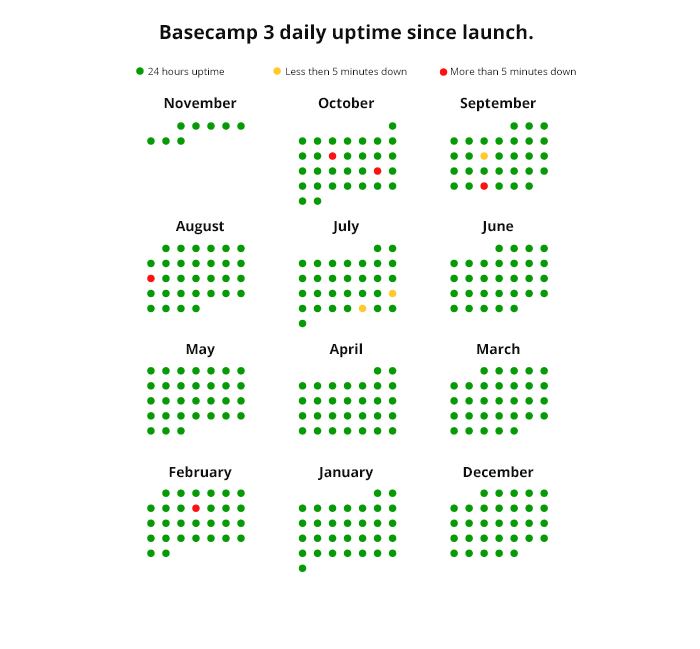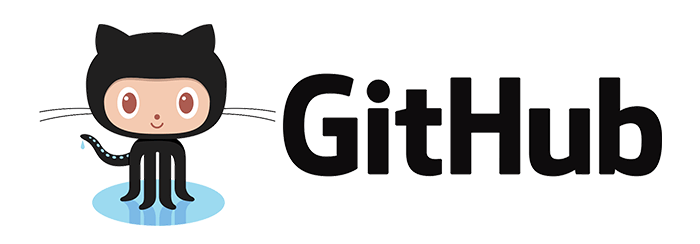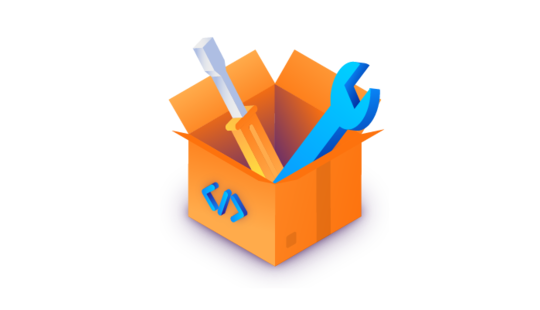-
Product Management
Software Testing
Technology Consulting
-
Multi-Vendor Marketplace
Online StoreCreate an online store with unique design and features at minimal cost using our MarketAge solutionCustom MarketplaceGet a unique, scalable, and cost-effective online marketplace with minimum time to marketTelemedicine SoftwareGet a cost-efficient, HIPAA-compliant telemedicine solution tailored to your facility's requirementsChat AppGet a customizable chat solution to connect users across multiple apps and platformsCustom Booking SystemImprove your business operations and expand to new markets with our appointment booking solutionVideo ConferencingAdjust our video conferencing solution for your business needsFor EnterpriseScale, automate, and improve business processes in your enterprise with our custom software solutionsFor StartupsTurn your startup ideas into viable, value-driven, and commercially successful software solutions -
-
- Case Studies
- Blog
5 Popular SaaS Solutions Built with Ruby on Rails
If you’re reading this article, you’re probably thinking about developing a SaaS product with Ruby on Rails. But you may have heard that this framework isn’t very good for this particular purpose. When building SaaS products for large enterprises, there are three crucial aspects to consider: scalability, performance, and security. But many sources suggest that the Ruby on Rails framework can’t meet these challenges. By looking at five outstanding SaaS products, we’ll demonstrate that the Ruby on Rails framework can make your SaaS app scalable, fast, and secure.
Basecamp

There’s no need to introduce Basecamp, an extremely popular web-based project collaboration tool that was launched in 2004. 2004 was also the year when the Ruby on Rails framework came to life, extracted from Basecamp by David Heinemeier Hansson, one of the project’s developers. The Ruby on Rails framework is at the heart and soul of Basecamp, and has proven quite capable. In every new version of Basecamp, a team of seven developers works on improving its reliability, performance, and speed.

This year, the third version of Basecamp was launched, and it’s seen 99.985% daily uptime since launch.

There’s really no need for more proof that the Ruby on Rails framework is well-suited for Basecamp’s needs. Let’s also take a look at how Basecamp’s audience has increased since its debut in 2004 to consider how their system has had to scale:

In addition to these numbers, found on Basecamp’s home page, you can find many customer stories about how Basecamp helped various businesses improve.
Shopify

Shopify is an ecommerce platform, founded in 2006, that allows you to set up an online store to sell goods. In addition, Shopify allows you to organize your products, customize your storefront, accept credit card payments, and track and respond to orders. Shopify’s platform is clean, simple, and easy-to-use, so you can do everything with just a few clicks.
Shopify is currently the leading online shopping platform, powering more than 300,000 retailers in about 100 countries. Some of the most well-known customers are Tesla Motors, Forbes, Maxim Magazine, and CrossFit. Shopify has already helped businesses worldwide process over $25 billion in sales.
Below are some screenshots from John Duff’s 2013 talk about the Shopify platform. John Duff is director of engineering at Shopify, and discusses Shopify scales Rails. If you’re interested in the detailed slideshare with a list of technologies used to power the Shopify platform, you can find it here. We’ll just point out the slides that highlight Shopify’s scalability and performance.

BuiltWith shows statistics for how many websites use Shopify (from November 2015 to October 2016), plus more detailed information about Shopify’s usage.
Zendesk

Zendesk, which recently rebranded the look of their website, is one of the leading cloud-based customer support software solutions currently available on the market. This software is trusted by more than 50,000 organizations worldwide, from small to large enterprises. Some of their most well-known clients are Groupon, Zappos, Vodafone, Adobe, Uber, Gilt Groupe, Box, and Disney. Zendesk is loved by customers for being easy to try, buy, implement, and use.

Relationships are complex, but that doesn’t mean that a job shouldn’t be done right. Zendesk helps you build better customer relationships, and proves that simple interactions can turn into lasting partnerships. You can find out more about what Zendesk offers on their website.

Zendesk’s customer support software helps a variety of businesses become reliable, scalable, and flexible. Click here to find out more information about how Zendesk helps businesses scale customer support services.
UserVoice

UserVoice is a platform that allows you to easily listen to your customers and get feedback from them. This customer feedback and product management tool can streamline business processes to help employees provide better services. UserVoice fits all sizes of modern online businesses that constantly interact with customers.
UserVoice’s tool helps web-based businesses accomplish three important functions for any web-based business:
- Collect (and respond to) customer feedback;
- Handle support issues in a short period of time; and
- Answer commonly asked questions automatically.
UserVoice supports over 70,000 organizations for free, and has around 10,000 paying customers from many outstanding companies.

UserVoice has proven that they can scale together with your product.

GitHub

GitHub is a web-based version-control and collaboration platform for developers. GitHub, built on Git, started operating with their Software as a Service model in 2008. Git is an open source code management system created by Linus Torvalds to speed up the software development process. In short, GitHub helps people build software and manage their source code.
Many people believe that GitHub is only for developers. But actually, GitHub can be used to manage any types of files. If your team is constantly making changes to a text document, for example, GitHub could be a helpful version control system for you as well. This isn’t a common use case, but nevertheless it’s possible.
Nowadays, GitHub is the most widely used piece of software among open source developers. GitHub is home to open source projects written in 316 unique programming languages. Over the last 12 month it’s had 5.8 million + active users, 331 thousand + active organizations, and 19.4 million + active repositories. GitHub’s yearly numbers – of newcomers, released pull requests, and more – can be found in the GitHub Octoverse report.
The performance of GitHub and all related tools is tracked daily, and statistics can be found here.
Let’s Sum Up
These 5 popular SaaS tools have proven to be reliable, secure, scalable and well-performing. Initially built on the Ruby on Rails, none of these tools substituted this framework for another as they scaled. Ruby on Rails was sufficient to meet their security, performance, and scalability needs. So if you’re considering developing your next SaaS product with Ruby on Rails, know that you’re in good company.










